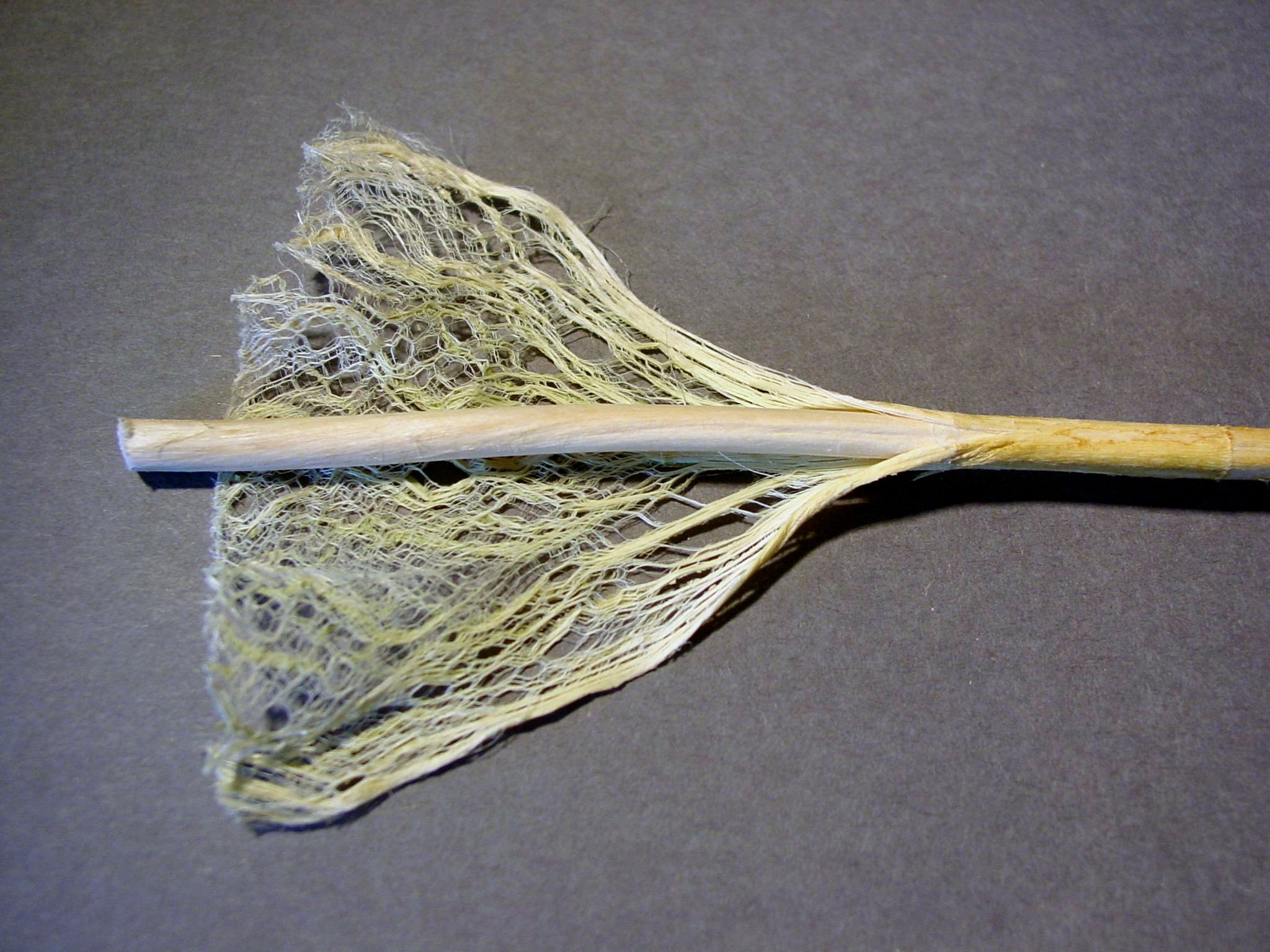Hemp Paper - A Chance for a comeback?
Hemp paper was invented in China over 2,000 years ago, but it did not reach Europe until the 13th century. For 500 years, it was the most widely used raw material in papermaking.

Source: https://en.wikipedia.org/wiki/Hemp
After the development of wood-based paper processing methods in the 19th century, they established themselves almost exclusively in terms of price, especially in the area of printing and writing paper. When looking at the plant itself, hemp actually turns out to be the much more suitable fiber for paper production, on the one hand it has four to five times higher yields in relation to the acreage than on wood, on the other hand because hemp paper is much more stable and long-lasting. Books printed on hemp paper last a much longer time without having to be restored. In addition, it does not yellow and is naturally lighter than wood fiber, so it does not have to be bleached.
The most important aspect of the sustainability and conservation of the forests, of course, also mentioned as an argument for the hemp fiber. After all, one hectare of cannabis field in the paper industry can replace 120 hectares of trees and the hemp plant, after being harvested, leaves a "good soil", meaning that the soil is left in an ideal condition to be replanted directly afterwards the harvest.
And yet today hemp fiber is used more often only in the production of more specialized papers, such as banknotes or cigarette paper.
As an alleged reason that hemp can not prevail against wood in papermaking, the higher production costs are often called. Whether this is so, however, can be questioned, because higher production costs are often associated with the smaller amount of paper produced, which in turn can be attributed to the lower sales figures. In plain language this means that if we were to produce hemp paper in the same quantities as conventional paper, the cost per sheet would be lower accordingly. Unfortunately, harvesting and processing technologies for hemp have hardly evolved over the last 50 years, so that less manufacturing costs are higher than for wood pulp.
Source: By my own
Another aspect of the higher price of hemp paper is that it is better to clear a forest than to cultivate a land. However, this should not be the deciding factor today with everything we know about the state of our planet. In addition, there are also costly uplifting conditions for the cultivation of useful hemp, such as that one may not work with self-procured seed.
The fact is, of course, that the fate of hemp paper was closely linked to the increasing bans on the crop in recent decades.
Now that cannabis is experiencing a renaissance in many countries around the world, and where medical or other uses have been decriminalized in many places, paper from the eclectic raw material could also have a comeback. This depends largely for the most part on the environmental awareness of the consumers, because first hemp paper is definitely more expensive than conventional one. Nevertheless, if demand can be increased in the long term, industry will adapt to it.
Make hemp paper by yourself
If you have time, you can also make your own hemp paper with a little effort. However, this is more of a gimmick or something for enthusiasts with a lot of free time.
You need:
- about 20 stems of hemp plants, which are inserted for about 2 to 3 weeks in regularly changing water
- scissors
- Pressure cooker
- mixer
- Pan for paper-making
- ladle
- self-made scoop frame consisting of two frames á 20 x 25 cm, one of them covered with fly screens
- sponge
- Household towels made of felt
- Press
- Newsprint for drying
After two weeks in the water long fibers have emerged from the stems. These must be separated from their wood core. Then cut the long fibers in 1 to 2 cm long parts and cook them for about 5 hours in a pressure cooker. A mass is obtained, which is allowed to cool and then mixed. Now the pan is filled with approx. 10 cm of water, the scoop frame is held over it. Now 1 cup of the mixture is distributed over it. The frame should be carefully swiveled so that the mass is distributed in the water. Then lift the scoop out of the water and remove the upper frame. The paper can now be thrown on the household towel. With a sponge you remove the excess water. Remove the paper from the frame, cover it with a cloth and then with newsprint sheets. Gradually, a pile of paper is created, which is weighted with a press. The paper then just has to be dried, but not in the sun, otherwise it will shrink.
Have fun!
Here you can see a video tutorial from Artisan Hemp:
This is very interesting thanks for sharing. Always wondered how hemp paper was made.
its really simple ^^
Amazing article, great video. I think I'm gonna try this. Hope you'll be clearing my doubts in case I try.
for sure I will try it ^^
This is so nise... Good JOB!!!
thanks alot :D